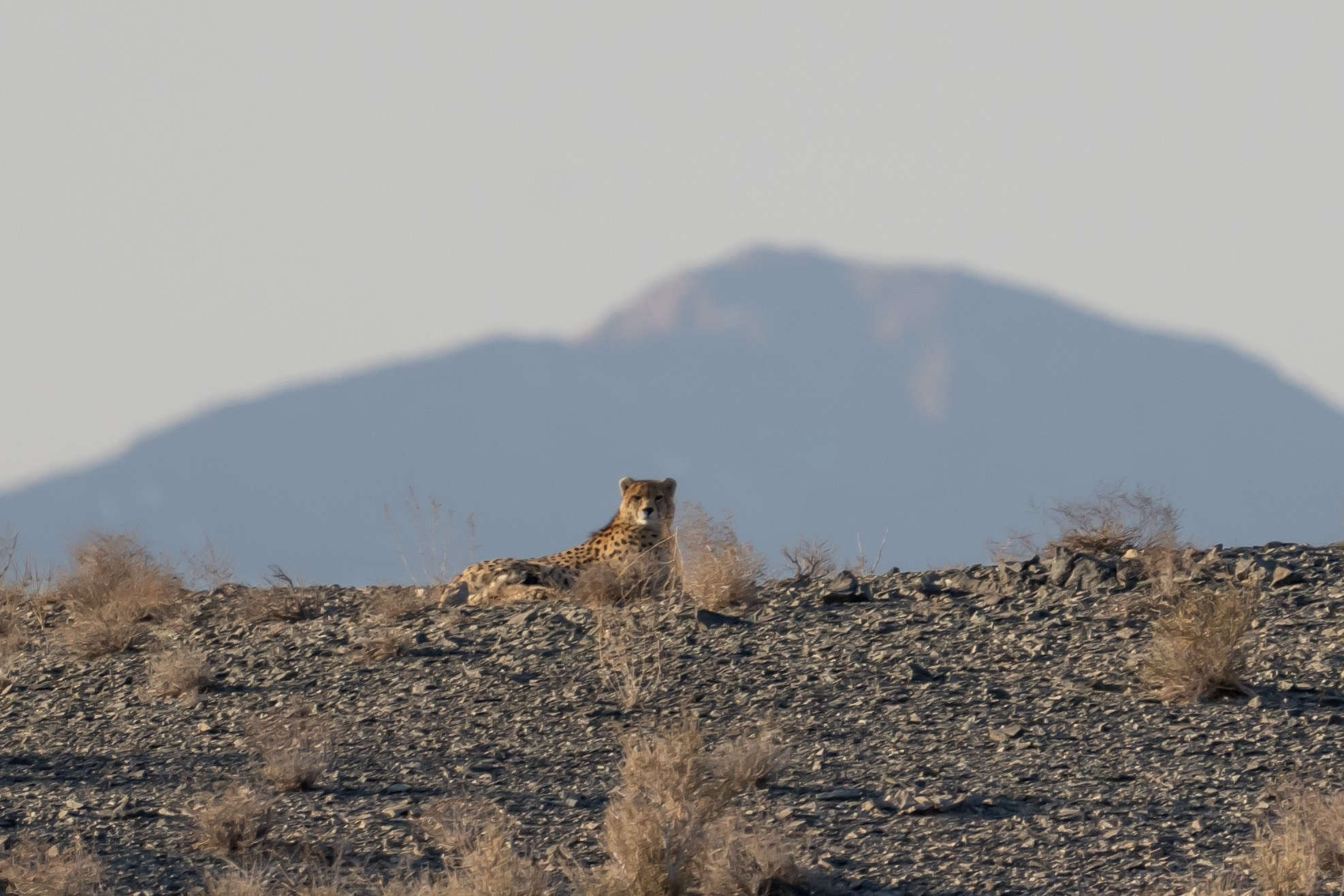Share this article
WSB: To count prairie dogs, transmit or dye?
As wildlife managers work to translocate prairie dogs, they don’t always have the right tools to track how successful their efforts are. Researchers in Colorado recently examined the success of two new techniques to count individuals and gauge how successful reintroduction projects are.
Previously, techniques involved a lot of observation, hours in the field and sometimes fitting animals with radio-tracking collars. But Colorado Parks and Wildlife researchers Daniel Tripp and Danielle Sack wanted to see if cheaper, less labor intensive methods might be comparable.
In a study published recently in Wildlife Society Bulletin, they tested the techniques on a known number of black-tailed prairie dogs (Cynomys ludovicianus) in an enclosed system. One involved capturing the prairie dogs and marking them with unique symbols using a dye, then counting them through the use of camera traps. The other involved implanting the prairie dogs with passive integrated transmitter (PIT) chips about the size of a grain of rice. Scanning devices set up around the prairie dog burrows passively counted and identified prairie dogs that passed close enough for detection.
“The data that we collected in this experiment demonstrated that both these techniques are valid,” Tripp said.

Camera traps took longer than PIT tag readers to get a full population count, but they can reveal other information about prairie dogs besides presence or absence. Credit: Colorado Parks and Wildlife
The PIT device method worked more quickly than the camera trap method, the researchers found. With the implanted devices, it took researchers only 10 days to identify and count every individual in the known population. The dye and camera trap method took twice as long.
The camera trap method may still be worthwhile in some situations, though, Tripp said, since the photos can also reveal behavior, body condition and other information. They also may be easier to work with than implanted PIT tags. But the tags also last longer, as the dye used to identify prairie dogs in photos wears off after six months or so.
These techniques could help with prairie dog monitoring both in the U.S. and in Canada. They could also be used to count other species being translocated, like Utah prairie dogs (Cynomys parvidens) and Gunnison’s prairie dogs (Cynomys gunnisoni).
This article features research that was published in a TWS peer-reviewed journal. Individual online access to all TWS journal articles is a benefit of membership. Join TWS now to read the latest in wildlife research.
Header Image: One of the two methods evaluated was the use of camera traps, which can track individuals dyed with unique symbols. Credit: Colorado Parks and Wildlife








